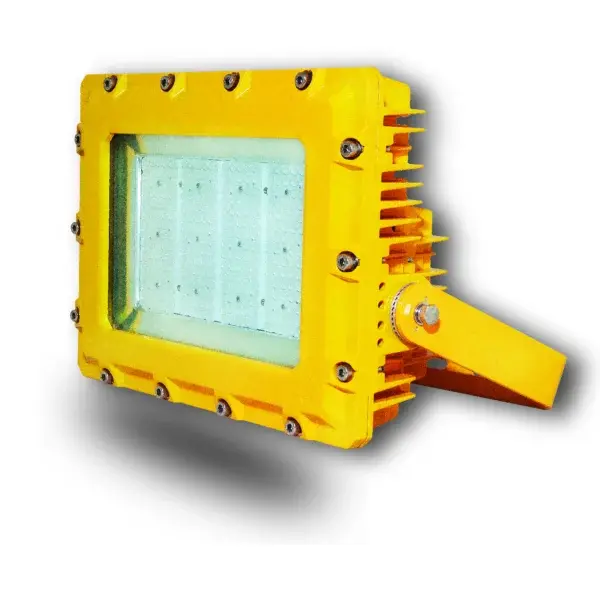Keeping your industrial electrical equipment in top condition is crucial for ensuring safety, reliability, and operational efficiency. Regular maintenance and inspection not only extend the lifespan of your equipment but also prevent costly downtime and safety hazards. Here’s a comprehensive guide to help you maintain and inspect your industrial electrical equipment effectively.
1. Establish a Maintenance Schedule
Create a detailed maintenance schedule tailored to your equipment’s specific needs. Regular inspections and servicing should be planned based on the manufacturer’s recommendations and the equipment’s usage patterns. A well-defined schedule helps prevent neglect and ensures that all components are checked systematically.
2. Perform Routine Visual Inspections
Conducting visual inspections is a simple yet effective way to identify potential issues early. Look for signs of wear and tear, corrosion, loose connections, and any unusual noises or smells. Regular visual checks can help you spot problems before they escalate.
3. Check Electrical Connections and Wiring
Inspect electrical connections and wiring for signs of wear, damage, or overheating. Ensure that all connections are tight and free from corrosion. Over time, vibrations and environmental conditions can loosen connections or cause insulation degradation, leading to potential failures or hazards.
4. Test Grounding and Bonding
Proper grounding and bonding are essential for safety and equipment performance. Regularly test grounding systems to ensure they are functioning correctly and meet safety standards. Inspect grounding rods, conductors, and connections for integrity and effectiveness.
5. Clean and Maintain Equipment
Dust, dirt, and debris can negatively impact electrical equipment performance. Regularly clean equipment surfaces and internal components, ensuring that vents and cooling fans are free from obstructions. Use appropriate cleaning methods and avoid using excessive moisture or harsh chemicals that could cause damage.
6. Monitor Temperature and Vibration
Excessive heat or vibration can indicate underlying issues with electrical equipment. Use temperature sensors and vibration monitoring tools to keep track of these parameters. Abnormal readings can signal problems such as overloaded circuits or failing bearings that require immediate attention.
7. Inspect Circuit Breakers and Fuses
Regularly check circuit breakers and fuses to ensure they are functioning correctly and haven’t tripped or blown. Test their operation under load conditions and replace any faulty components. Circuit breakers should be reset or replaced according to the manufacturer’s specifications.
8. Review and Update Documentation
Keep detailed records of all maintenance and inspection activities. Document any issues found, repairs made, and parts replaced. Regularly review and update equipment documentation to reflect current conditions and any changes made during maintenance.
9. Train Your Team
Ensure that your maintenance team is well-trained in the proper procedures for inspecting and maintaining electrical equipment. Training should cover safety protocols, equipment operation, and troubleshooting techniques. A knowledgeable team can more effectively identify and address potential issues.
10. Plan for Professional Inspections
While routine maintenance can be handled in-house, periodic professional inspections are also beneficial. Engage certified electricians or maintenance specialists to conduct comprehensive evaluations and advanced diagnostics. Their expertise can uncover issues that might not be immediately apparent.
Also read: Why Choose Cactus GGT for Your Industrial Equipment Needs?
Conclusion
Regular maintenance and thorough inspections are key to the longevity and reliability of your industrial electrical equipment. By following these tips and incorporating them into your routine, you can minimize downtime, enhance safety, and ensure that your equipment operates at peak performance.
For more guidance on maintaining your equipment or to schedule a professional inspection, contact our team today at cactusggt.com. Stay ahead of potential problems and keep your operations running smoothly with proactive maintenance practices.


